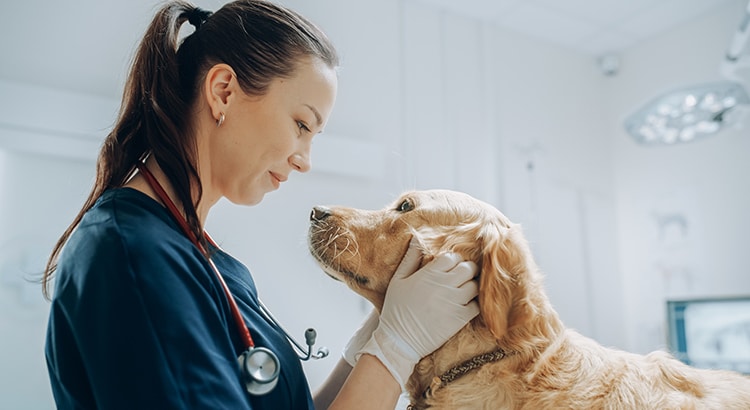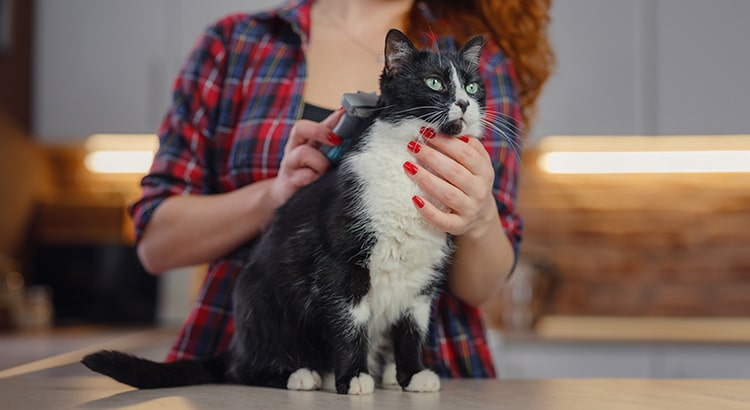
One of the questions that are commonly asked about pet insurance is if it covers dental cleanings. Pet insurance is reserved for unforeseen accidents and illnesses requiring veterinarian intervention to preserve the life of your pet. Teeth cleanings are considered an elective and preventative procedure similar to vaccinations, nail trimmings, and heartworm/flea medications. However, the development of periodontal disease in pets is something that pet insurance does cover as an illness.
According to the American Veterinary Dental College, periodontal disease is the most common clinical condition occurring in adult dogs and cats and is entirely preventable.
What is periodontal disease in pets?
Periodontal disease occurs when a bacterial infection in the mouth creates plaque that sticks to the surface of the teeth and spreads to beneath the gumline. Without proper oral care, the bacteria destroys the bone causing teeth to become mobile due to tissue damage. When the body senses a foreign object in your pets’ mouth, it sends white blood cells to eliminate the problem. This results in inflamed gums, destroyed tissue, bone loss, and ultimately tooth loss.
A 2017 report by the American Veterinary Medical Association suggested the dental surgery segment is poised to dominate the market due to the increasing prevalence of periodontal diseases and the rising demand for dental care.
What are the signs and symptoms of periodontal disease in pets?
Although gum disease is difficult to identify, there are no symptoms in the beginning at all. Periodontal disease is generally recognized when the disease has greatly progressed. Pets Web MD listed some symptoms of severe gum disease:
Studies show that by the age of 3 more than 80% of pets have periodontal disease.
Are there different stages of periodontal disease in pets?
Yes, there are 4 stages of periodontal disease:
- 1Stage 1 – Gingivitis- inflammation of the gums
- 2Stage 2 – Early periodontitis- less than 25% of bone loss, inflammation, bad breath
- 3Stage 3 – Moderate periodontitis- 25-50% bone loss, bleeding, and loss of gums
- 4Stage 4 – Extreme periodontitis- over 50% bone loss, severe pain, bacteria in the bloodstream
Can periodontal disease in pets be prevented?
Yes, Pet Web MD says periodontal disease can be prevented by doing the following:
- 1Take your pet in for regular, preventative oral exams and cleanings.
- 2Brushing your pet’s teeth every day is essential.
- 3Feed your pet quality dog food.
- 4Offer safe toys and treats for daily chewing.
Most pets require regular cleanings while under general anesthesia to maintain good oral health.
Can periodontal disease kill my pet?
Periodontal disease is linked to heart, lung, kidney, and bladder infections. The bacteria in the mouth can easily enter the bloodstream through the breakdown of gum tissue. Once the bacteria is circling in the blood it can reach the heart and cause an infection. Ultimately, this can lead to death when left untreated.
What do I do if my pet has periodontal disease?
If you suspect your pet has periodontal disease, make an appointment with your veterinarian to begin antibiotic treatment and control the pain in your pet’s mouth. Pin Paws Plus includes a membership to whiskerDocs if you have veterinarian questions about your pets oral health. Vet help is available 24/7 via call, text, chat or video. Contact our Customer Service Team for more information at (888) 918-2386.




